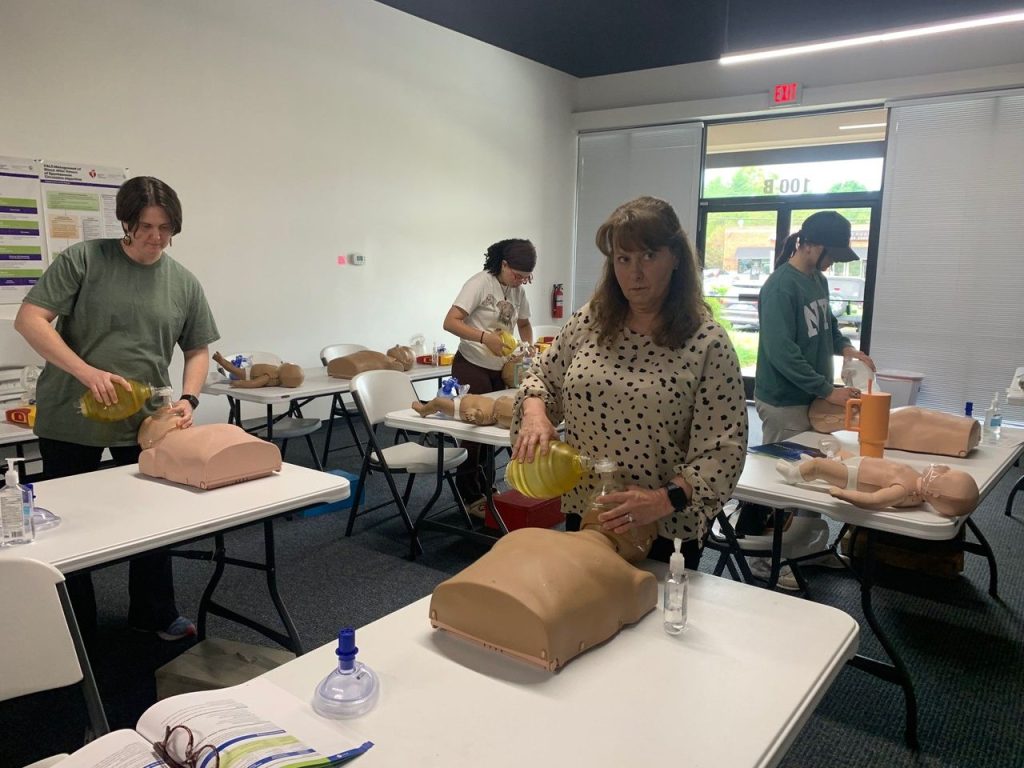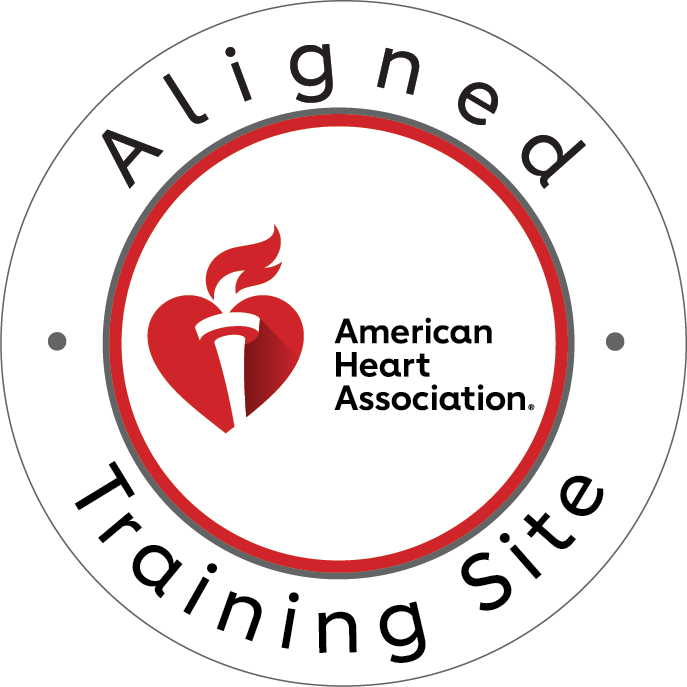In the critical moments when a life hangs in the balance, the difference between survival and tragedy often comes down to the synchronized efforts of healthcare professionals working as one. This fundamental truth underscores why teamwork in Basic Life Support (BLS) scenarios isn’t just beneficial—it’s essential. For medical providers, mastering the technical aspects of CPR is only half the equation; the other half lies in the ability to function as part of a cohesive, well-coordinated team.
Why Effective CPR Demands Team Synchronization
When cardiac arrest strikes, every second counts. Research published in the American Heart Association’s Circulation journal reveals that survival rates can decrease by 7-10% for every minute that passes without high-quality CPR. However, maintaining effective compressions while managing other critical tasks is virtually impossible for a single provider. This is where the power of teamwork becomes evident.
A well-coordinated CPR team can:
- Maintain consistent, high-quality chest compressions through proper rotation
- Effectively manage airway and breathing interventions
- Monitor vital signs and response to interventions
- Document events accurately
- Communicate clearly with other healthcare providers
- Prepare and administer necessary medications
- Manage additional complications as they arise
The Science Behind Team-Based CPR Success Rates
Recent studies have demonstrated the dramatic impact of team-based CPR on patient outcomes. A comprehensive review in the Journal of Emergency Medicine showed that teams trained together demonstrated:
- 40% improvement in compression quality
- 25% reduction in hands-off time during provider switches
- 35% increase in successful first-attempt defibrillation
- Significant improvement in overall survival rates
These statistics emphasize why leading healthcare institutions now prioritize team-based CPR training for their staff.
Building Essential CPR Team Communication Skills
Clear communication serves as the foundation of effective team-based resuscitation efforts. In high-stress situations, every team member must understand their role and be able to communicate effectively with others. This includes:
Closed-Loop Communication in CPR Scenarios
Effective teams utilize closed-loop communication, where orders are clearly stated, repeated back, and confirmed. This simple yet powerful technique ensures that critical instructions are both heard and understood, reducing the risk of potentially fatal miscommunications.
Leadership and Role Clarity in CPR Teams
Successful resuscitation efforts require clear leadership and well-defined roles. Each team member must understand their responsibilities and be prepared to adapt as the situation evolves. This includes:
- Team leader responsibilities
- Compression provider rotation
- Airway management
- Documentation
- Medication administration
- Equipment management
Mastering CPR Team Dynamics Through Simulation Training
Simulation-based training has emerged as a crucial tool for developing and refining team-based CPR skills. Through realistic scenarios, healthcare providers can:
- Practice role transitions
- Develop effective communication patterns
- Learn to manage unexpected complications
- Build team confidence and cohesion
- Identify and address potential weaknesses in team performance
The Impact of Regular CPR Team Training on Patient Outcomes
Research consistently shows that regular team-based CPR training leads to better patient outcomes. A study published in Resuscitation demonstrated that healthcare facilities implementing quarterly team training saw:
- 15% improvement in return of spontaneous circulation rates
- 23% increase in survival to discharge rates
- Significant reduction in neurological complications among survivors
Integrating Modern CPR Technologies with Team Dynamics
As resuscitation science advances, new technologies are being integrated into CPR protocols. Successful teams must learn to incorporate these tools while maintaining effective teamwork:
- Mechanical compression devices
- End-tidal CO2 monitoring
- Real-time CPR feedback devices
- Automated external defibrillators
- Electronic documentation systems
Overcoming Common Challenges in CPR Team Performance
Even well-trained teams face challenges during real-world resuscitation efforts. Understanding and preparing for these challenges is crucial:
- Managing team stress and fatigue
- Coordinating with additional response teams
- Handling equipment failures
- Adapting to space constraints
- Managing family presence during resuscitation
Building Your CPR Team’s Excellence
The path to excellence in team-based CPR requires commitment, regular training, and the right educational partner. Healthcare providers must seek out training programs that emphasize both individual skills and team dynamics.
Call to Action
Don’t wait until a crisis to discover the importance of team-based CPR skills. CPR Cincinnati offers comprehensive BLS Certification Cincinnati programs designed specifically for healthcare providers and their teams. Our American Heart Association-certified instructors understand the crucial role of teamwork in successful resuscitation efforts.
Take the next step in advancing your team’s capabilities with CPR certification in Cincinnati. Our stress-free, hands-on training programs provide:
- Real-world scenario practice
- Team dynamics training
- Latest AHA guidelines and protocols
- Convenient scheduling options
- Expert instruction in a supportive environment
Contact CPR Cincinnati today to schedule your team’s BLS certification or renewal. Together, we can build the confident, capable teams that save lives when seconds count.





